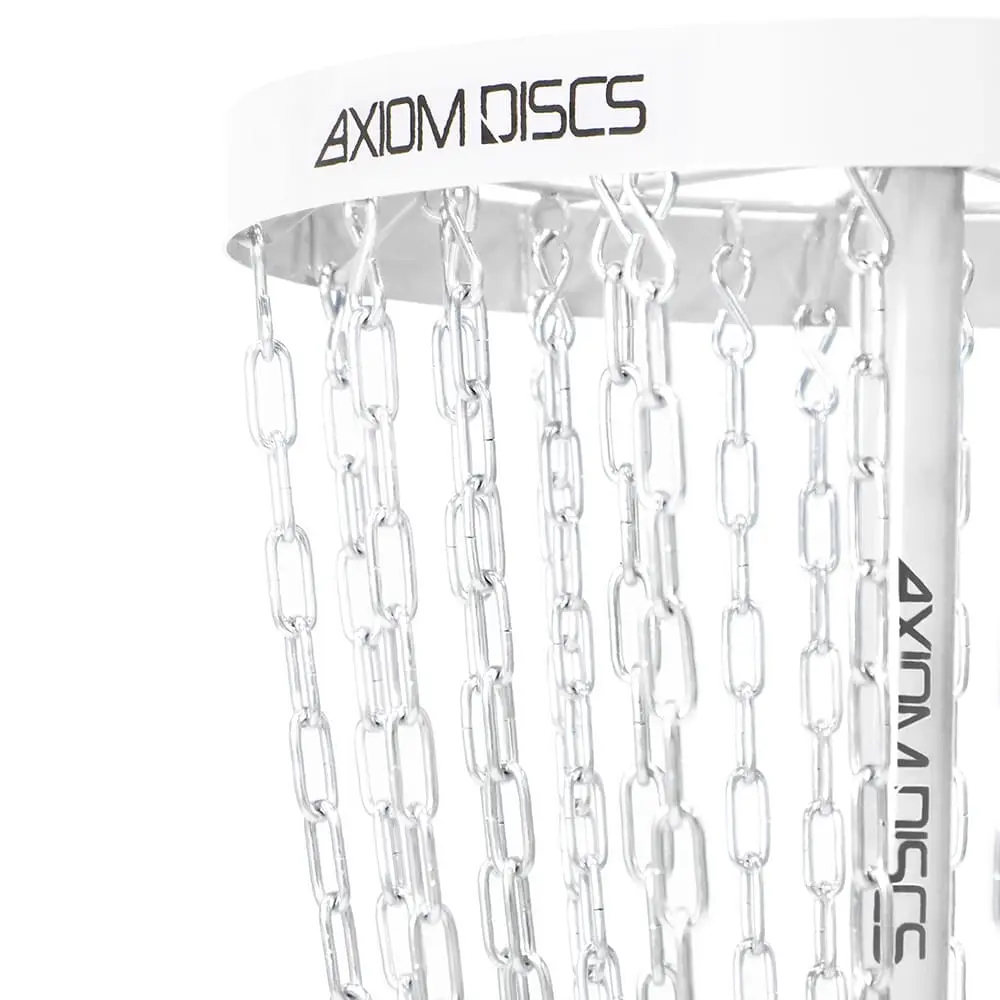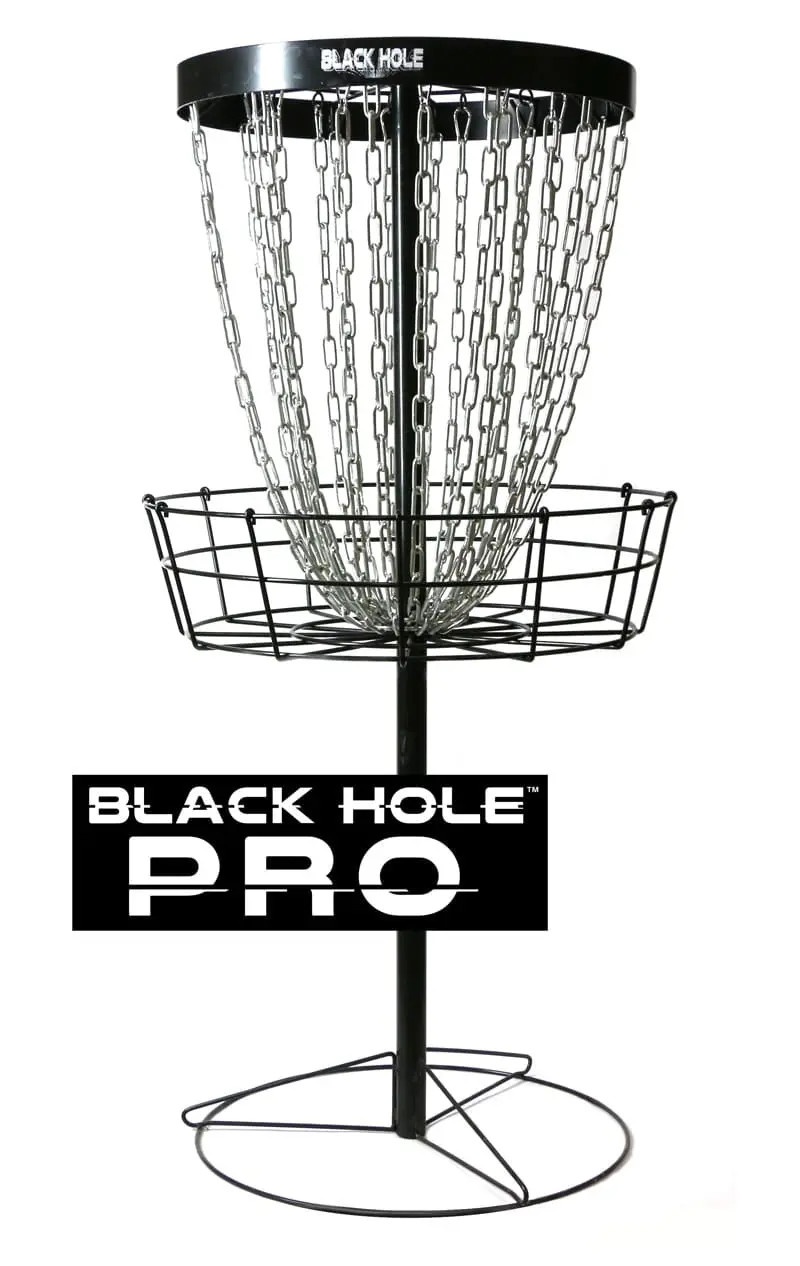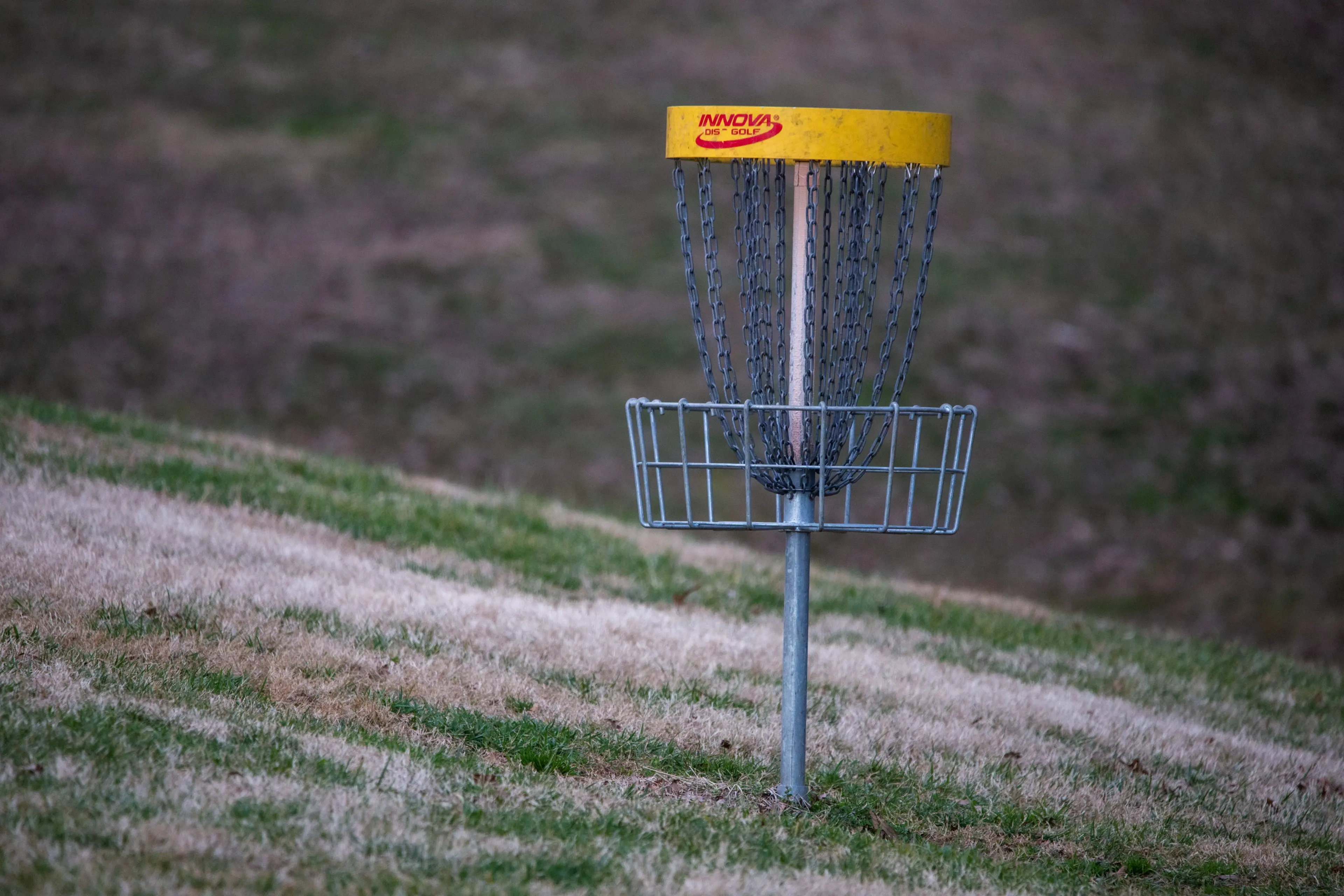Disc Golf Basket Standards: A Dive into PDGA Specifications

Published: 7/29/2023
From a game of leisure to a sport of precision, disc golf has evolved immensely. Central to this evolution are the standards set by the PDGA, especially when it comes to the baskets. Dive into the world of disc golf basket specifications and understand what makes the game universally consistent.
PDGA Disc Golf Basket Specifications Explained
Disc golf, a captivating blend of precision and strategy, hinges on equipment standards set by the Professional Disc Golf Association (PDGA). These benchmarks are not arbitrary; they are the essence of the game. At the heart of these standards lies the basket. Its upper ring, with a diameter of 21.3 inches, holds chains that shouldn't hang more than 22 inches below. The chains cascade into the lower basket, standing 6.7 inches tall and 25.7 inches wide. Ensuring adherence to these specifications is pivotal for both amateur backyard games and professional championships. The meticulousness of these guidelines ensures that no matter where you play, the game's core remains unchanged. This universality is what allows players to seamlessly transition from one course to another, knowing that their skills are being tested on a consistent platform.
The Evolution of Disc Golf Targets and Modern Course Design
The journey of disc golf is a tale of innovation and passion. From using natural markers like trees or posts to the precision-engineered baskets of today, the sport has come a long way. Modern courses, with their meticulous design, can host anywhere between 9 to 27 baskets. Each of these baskets consists of a single rim, an intricate chain setup, and a lower section. The past even saw 'tone baskets' that echoed a unique sound upon disc impact, embodying the sport's spirit of innovation. The evolution in target design has paralleled the growth in course complexity. As baskets became more standardized, course designers got more creative, leveraging the landscape to introduce new challenges. This symbiosis between target and terrain has made modern disc golf a dynamic and ever-evolving sport.
Disc Golf Chains: Design, Material, and Impact on Gameplay
Chains in disc golf are more than mere metal links; they are the arbitrators of success and failure. Their design ensures that discs, when thrown with precision, find their way into the basket. With at least 12 vertical and 6 surrounding horizontal strands, these chains prevent discs from sneaking inside without a rightful entry. Beyond design, the material of these chains speaks volumes about their longevity. Galvanized metal stands as the undisputed choice, its resistance to rust and corrosion symbolic of the sport's enduring spirit. It's not just about stopping the disc; it's about durability and resilience. High-quality chains withstand the elements, ensuring that outdoor baskets remain functional and consistent in their performance, regardless of weather conditions.
Upholding PDGA Standards: The Backbone of Disc Golf's Integrity
The precision of disc golf isn't just a result of player skill; it's also a testament to the rigorous standards the sport upholds. Adhering to PDGA standards ensures that the playing field remains level, irrespective of the geographical location of the course. These standards, from basket dimensions to chain design, encapsulate the sport's commitment to fairness and integrity. As players and enthusiasts, understanding and appreciating these nuances elevates our respect for the game and pushes us towards mastering its intricate challenges. These benchmarks serve as the sport's backbone. They ensure that irrespective of advancements in disc technology or changes in playing techniques, the game's essence remains intact. This steadfast commitment to standards is what keeps disc golf both challenging and fair for everyone.
Similar Posts

Our Top Five Disc Golf Baskets for 2024
Published:
1 year ago

Portable vs. Permanent: What to Look for in a Disc Golf Basket
Published:
2 years ago

Axiom Discs Pro 24-Chain Disc Golf Basket: Elevate Your Practice Sessions
Published:
2 years ago

Why the MVP Disc Sports Black Hole Pro Basket is a Game-Changer: Full Review
Published:
2 years ago

Unleashing the Fun with Mini Disc Golf Baskets
Published:
2 years ago

Choosing the Right Disc Golf Basket: A Comprehensive Guide
Published:
2 years ago